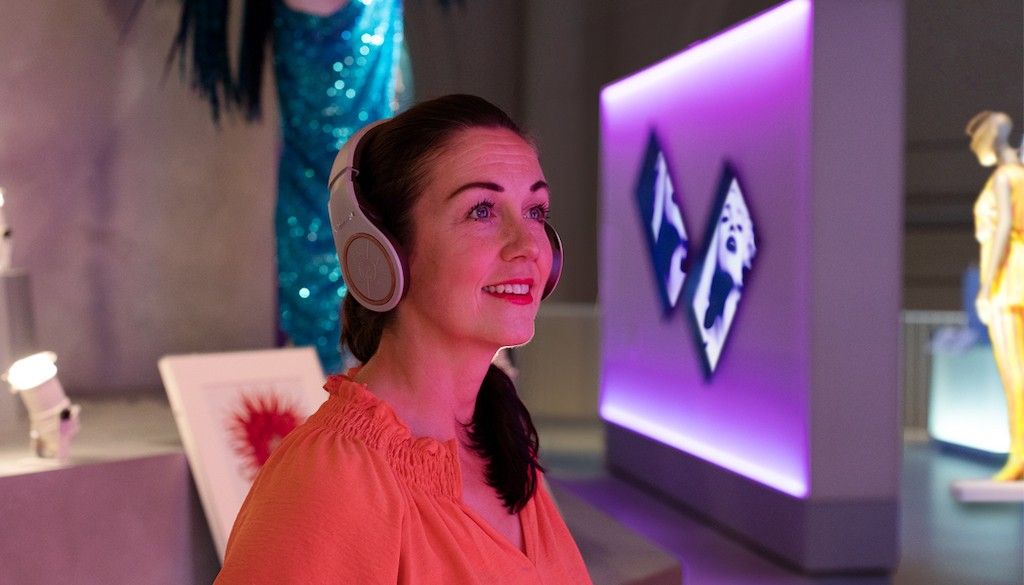CRM and ticketing software specialist, TopTix, sets out their six top trends for the industry.
The ticketing industry has seen more changes in recent years than it had previously experienced in as many decades.
Technology has blown it apart and reassembled it in a totally new way, with the consumer in the driving seat. Meeting those consumer needs has never been more important, but the good news is that the technology to do it has never been more innovative.
One of the companies at the heart of this revolution is leading ticketing and CRM specialist, TopTix.
Founded in 2000, the company has been developing and supplying specialist software for ticketing, fundraising, and customer relationship management to businesses all over the world.
During this year’s 37th annual INTIX conference, five executives from TopTix representing North America, Europe, and Asia Pacific were interviewed to get their perspective on what they believe are the biggest changes impacting the ticketing business.
.jpg) 1. Interactivity
1. Interactivity
What is interesting about their views is that, in the impersonal world of online purchasing, it is clear that delivering a personal service has never been more key.
“All the personal contact with the seller, the box office staff, is gone, ” says Ian English (left), Founder and Managing Director, TicketServ, Asia Pacific. “You can’t go to Mary at the box office and say, ‘What’s the best seat in the house?’”
Conversely, nothing closes this seller/customer gap better than technology. Consumers are potentially better informed than they have ever been about the purchases they are making. Interactive seating charts are now an expected part of the ticketing service. By offering customers a chance to see for themselves which seats they’re able to purchase, ticketing managers immediately create a more personalised experience for their guests.
2. Flexible Purchasing
(1).jpg) With the advent of technologies such as ticket scanning, how that purchase is made has also changed radically. The need to offer consumers more flexibility in terms of purchasing has never been more important.
With the advent of technologies such as ticket scanning, how that purchase is made has also changed radically. The need to offer consumers more flexibility in terms of purchasing has never been more important.
Charles Woodard, Vice President of Museums and Attractions, TopTix North America agrees that since the late 90s and into the early 2000’s there has been a "huge technological shift in terms of terms of the ability to do scanning of tickets, the ability to do internet, [and] all of the social media in the last three or four years.”
Nowadays, we all expect to move seamlessly from a website through to online ticket purchasing. TopTix believes that integrated systems are the way forward because they offer managers more functionality such as ticket scanning and the ability to manage online communications.
.jpg) 3. Event Discovery
3. Event Discovery
Another area that has seen huge shifts is the way consumers learn about events. They expect information to come to them, not the other way round. But, how can promoters generate stand-out offerings? Again, it is all about that personal connection with the consumer. TopTix is adamant that venues need to make use of the opportunities offered by systems with open API integration that can sync with third party programmesservices, social media outlets and other applications.
“Event discovery has changed dramatically…” agrees Fred Maglione, Executive Chairman Americas, TopTix, “…how consumers find out what’s happening in their market, what artists are coming to town, what games are being played when.”
You can’t sell tickets to an event that nobody’s heard of. By making use of available technologies, promoters can allow consumers to discover, organically, upcoming performances and events sooner.
4. CRM
.jpg) Another shift is the growing importance of Customer Relationship Management (CRM). Venues are connected to, and have the potential to understand, their customers like never before. Where once a person would simply walk up to a box office, buy a ticket and walk away, their online purchase is the start of a relationship with that venue that offers diverse promotional opportunities.
Another shift is the growing importance of Customer Relationship Management (CRM). Venues are connected to, and have the potential to understand, their customers like never before. Where once a person would simply walk up to a box office, buy a ticket and walk away, their online purchase is the start of a relationship with that venue that offers diverse promotional opportunities.
Sports clubs, for instance, can reward fans with loyalty points which encourage repeat purchases. They can communicate directly with supporters, promoting events, retail offers and much more.
“Regardless of whether customers buy tickets online or at a box office, ticketing managers are interested in the ways that they can promote other deals, ” says Karl Vosper, Managing Director of TopTix Entertainment, UK/Ireland. “We’re seeing quite a big change now in that ability to upsell, cross-sell…[and] encourage repeat attendance.”
5. Cross Platform Scalability
In order for ticketing managers to offer new promotions at certain times of the month or year, TopTix advises that they need a system that’s flexible enough to make changes to prices across all platforms.
Vosper says these opportunities have been enhanced significantly in the last five years: “Businesses are looking for a system that provides more flexibility with the ability to change as their business changes.”
.jpg) 6. Mobile Responsive
6. Mobile Responsive
Responsive web platforms are another major trend in the entertainment industry now and, again, it’s the online expectations of consumers that are driving the trend.
“The consumer needs are driving the needs of our clients and then driving the needs of us, the supplier, ” observes Peter Joyce, Managing Director of TopTix Sport, UK/Ireland. “In [this] industry…you need to have responsive mobile sites [and] you need to have barcodes on your mobile phone in order to access a stadium.”
Essentially, if your website doesn’t scale to fit mobiles, tablets etc. then it’s an instant barrier to a sale and you’re at a big disadvantage. To remain ahead of their competition, TopTix says organizations within the entertainment and leisure industry need websites that can scale to fit whatever screen customers are viewing them on, which means that the online components of their ticketing systems must be able to scale to different sizes as well.
TopTix SRO
It was to meet these evolving needs that TopTix developed their flagship platform SRO (Standing Room Only) which currently supports over 500 institutions, processing 80 million tickets a year.
The company has observed a real change in the customer/venue relationship across their client base of museums, theatres, festivals, stadiums, arenas, sporting organizations, concert halls, and visitor attractions which will no doubt continue to evolve.
Game Changing
The overall message is clear – venues can’t afford to play catch-up. They need to be in step with, and responsive to, the needs of the consumer by embracing the opportunities that the latest ticketing technology has to offer. In doing so, they will develop a more engaging – and more profitable – customer experience.
“Digital and social media are changing the game, ” says Ian English, “and the systems have to change with it.”















